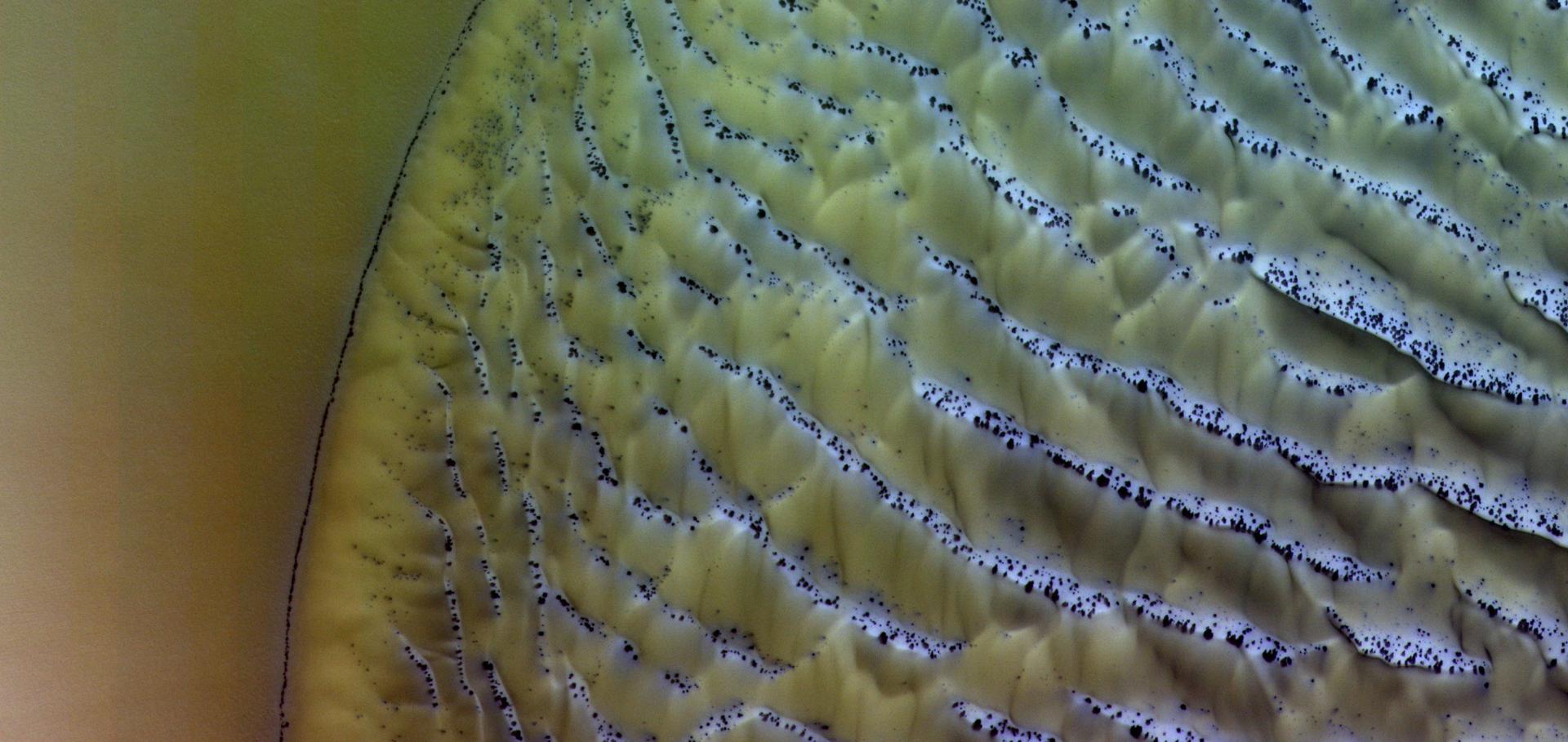Intercomparison of water vapour and temperature retrievals between the CSA's ACE-FTS and the UCAR/NSPO's COSMIC/FORMOSAT-3 satellites, and presentation of anew algorithm for retrieving temperature
Proceedings of the International Astronautical Congress, IAC 4 (2015) 2941-2944
Authors:
KS Olsen, GC Toon, CD Boone, PE Sheese, KA Walker, K Strong
Abstract:
The Canadian Space Agency's (CSA) Atmospheric Chemistry Experiment Fourier transform spectrometer (ACEFTS) onboard SCISAT-1 is a high-resolution Fourier transform spectrometer operating in solar occultation mode in Earth-orbit. ACE-FTS retrieves vertical profiles of temperature, pressure, and volume mixing ratio of 38 molecular species, and relies on international cooperation to validate its data products. Data availability from international Earth-observing missions is vital to interpreting domestic results, and ACE-FTS validation uses data products from 12 instruments and 7 space agencies. Here, we present the latest data set to be incorporated into the ACE-FTS data validation campaign: the Constellation Observing System for Meteorology, Ionosphere, and Climate (COSMIC), known as FORMOSAT-3 in Taiwan. A collaboration between Taiwan's National Space Organization (NSPO) and the University Corporation for Atmospheric Research (UCAR) in the US, COSMIC is a group of six small satellites that use signals from GPS satellites to measure water vapour pressure and temperature via radio occultation. We present comparisons with ACE-FTS of both data products in the lower stratosphere and upper troposphere, and a comparison between temperature profiles retrieved by ACE-FTS, COSMIC, and a newly developed algorithm applied to ACEFTS spectra. The new algorithm to retrieve vertical profiles of temperature and pressure from high-resolution solar transmission spectra was developed in support of a partnership between the CSA and NASA's Jet Propulsion Laboratory to place an FTS in orbit around Mars as part of the ESA and NASA's joint ExoMars mission (NASA since withdrew). This algorithm exploits the temperature dependence of individual absorption lines in an infrared vibration-rotation band. ACE-FTS makes multiple measurements during an occultation, separated by 1.5-5 km, and we analyze 10 CO2 vibration-rotation bands at each altitude, each with a different usable altitude range. Retrieved profiles have no seasonal or zonal biases, but do have a warm bias in the stratosphere and a cold bias in the mesosphere, with mean differences less than 5 K when compared to ACE-FTS. COSMIC comparisons are done below 40 km where we have the best agreement with ACE and mean differences are less than 3 K. H2O comparisons between ACE-FTS and COSMIC show good agreement in the stratosphere, and higher concentrations retrieved by COSMIC in the troposphere.


